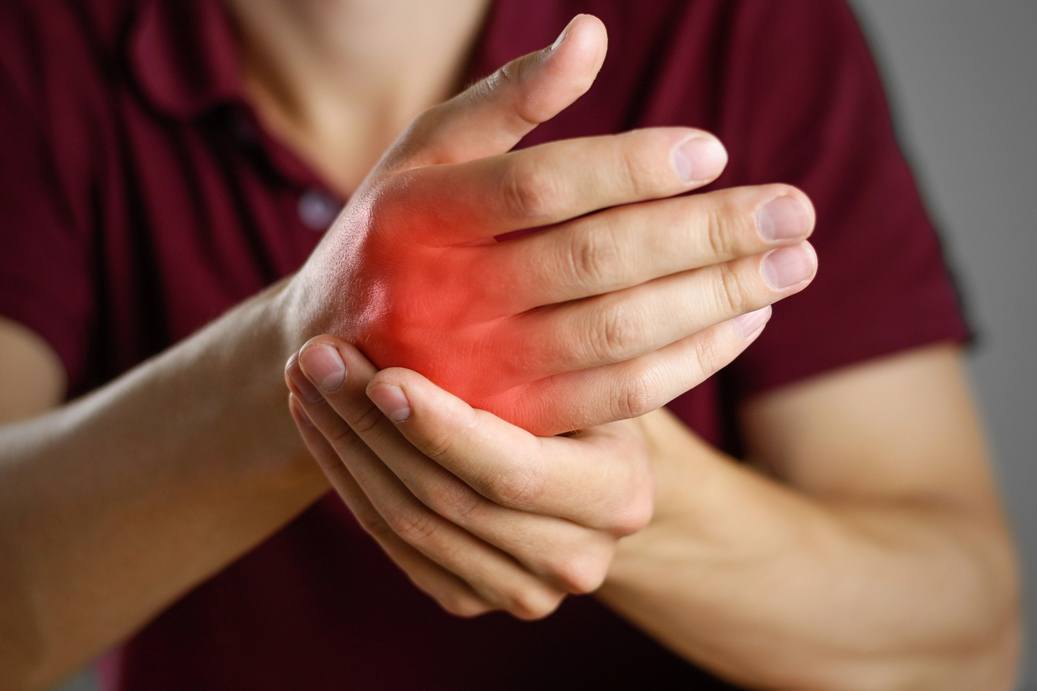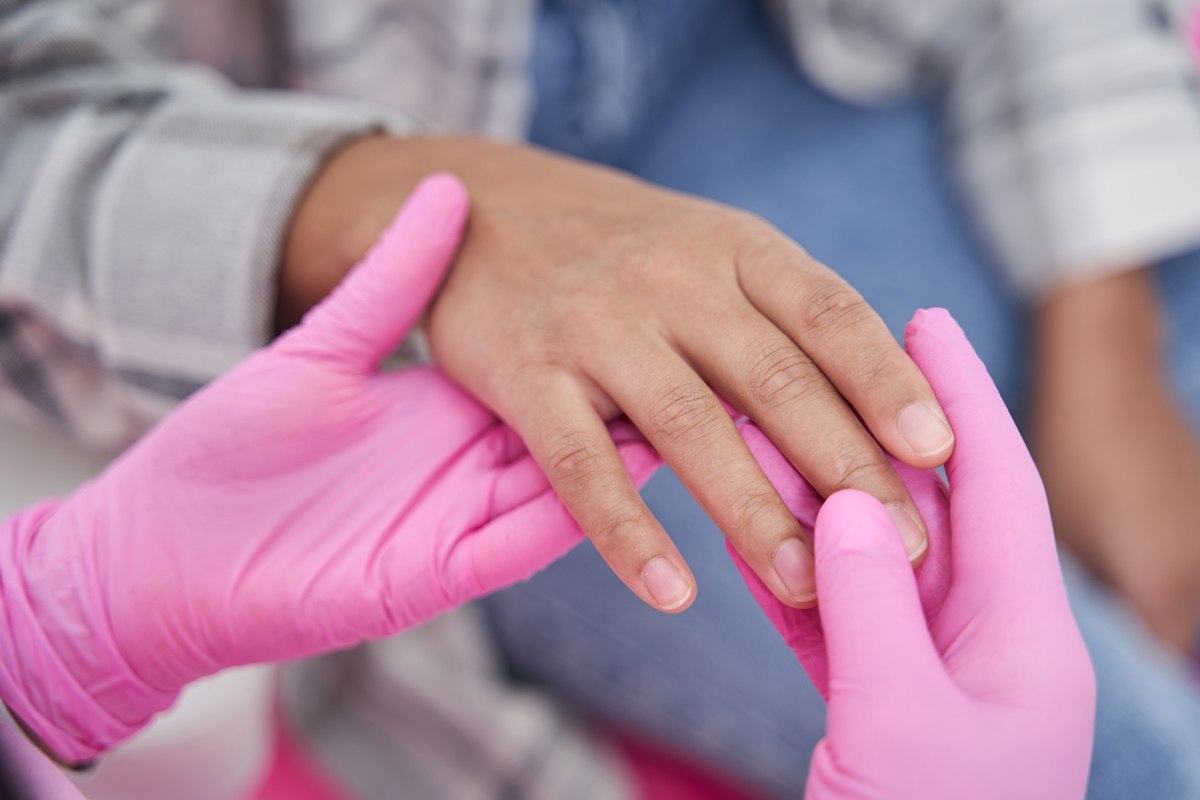Hand infections can affect patients of all ages and occur due to various factors.
What’s more, not every infection is the same so treatment will vary depending on the type of infection and the root cause.
Seeking medical attention as soon as you suspect you have a hand infection is vital, as one of the leading wrist and hand surgeons in Manchester, leaving an infection untreated can lead to long-term complications.
In this post, we look at specific infections related to the hands and fingers, their causes, and available treatment options.
Understanding hand infections
Hand infections are common and occur when there is injury to the skin, hand, finger, cuticle, or nail folds.
Infections can spread quickly; however, the good news is that hand infections can be treated.
There are various hand infections, and how you treat them will inevitably vary.
Signs that you may be suffering from a hand infection include:
- Stiffness in the hand
- Weakness
- Pain
- Swelling
- Redness around cuts or puncture wounds.
Hand infections, if left untreated, can lead to damage to the hand’s overall structure, causing a loss of function.
Causes of hand infections
There are various causes of hand infections, with the most common coming from a bite wound.
This may be from an animal or a human, and the infection is created through bacteria. After a bite wound, it’s imperative that you clean the area immediately, soaking and washing the area to keep it clean and remove any harmful bacteria. Note: the smaller the puncture wound, the higher the risk of infection. The severity of the bite also determines the treatment options. For example, the bite may require stitches, packing out with gauze, it may be left to heal on its own, or you may be prescribed a course of antibiotics as a precautionary measure.
Splinters – everyone at some point will have experienced getting a splinter in their hand or fingers. These can be painful and need to be removed as soon as possible. Depending on the nature of the splinter and where it has come from, it could cause infection in the cut.
Thorns – thorns from plants and flowers not only sting, they can also cause a puncture wound to the skin. If this happens, it’s important to keep the area clean and covered to prevent infections.
Trauma to the hand can occur in the form of a fracture or contaminated lacerations.
Infections can also come from manicures and ingrown nails.
Types of hand infections
The most common hand infections include:
Cellulitis is a type of skin infection that causes the skin to turn red, feel warm, and become painful to touch. Cellulitis often occurs where there is a break or cut in the skin, spreading out in the surrounding area. This type of infection can spread, so it’s important to seek treatment with antibiotics as soon as possible. Depending on the severity of the infection, it may also require surgical drainage.
Felon – this is a painful infection affecting the pulp of the fingertips (it is most common in the thumb or index finger). This type of infection can be caused from direct contamination, i.e., after gardening, nail cutting, from splinters, etc. In most instances, this type of infection will heal with soaking the wound and a course of antibiotics. If this infection is left untreated, it can lead to soft tissue damage and a stiffening in the fingers.
Paronychia – a painful infection that occurs in the fold of the skin surrounding the nail. This type of infection is caused by a fungus getting into the nail and skin bed, which can happen when hands are frequently wet, or from nail biting. It is one of the most common types of infection, and symptoms to look out for include redness, swelling, and tenderness of the nail and the top of the finger. Regular soaks will be required, as well as antibiotics. If there is pus apparent around the nail plate, then the patient will need surgical drainage, thorough washouts, and regular dressing changes. In severe cases where infection has progressed dramatically, removal of the nail will be required.
Septic arthritis – a wound that is near or in the joint where the infection is growing, septic arthritis requires urgent surgical drainage. If treatment is delayed or no treatment is sought, it can lead to rapid deterioration of the cartilage and long-term stiff joints.
Tendon sheath infection – tendons are what allow us to bend our fingers and move our hands with ease. Running from the palm of your hand to your fingertips, tendons play a very important role. If you get a cut or a puncture in the flexor tendon (even from a rose thorn), it could become infected, and this should be monitored closely. If an infection in the tendon does occur, you may experience stiffness, swelling, and redness. The palm of your hand may be tender to touch, and you may keep your fingers bent to relieve any pressure and pain. Prompt treatment helps to ensure the infection does not destroy the tendon and, in worst-case scenarios, rupture the tendon altogether.
It’s important to always clean open wounds with soap and water and never pop or remove skin over a blister. If an infection is apparent, keep the hand raised and see a medical professional as soon as possible.
Hand surgeon in Manchester
Seeking professional help is essential if you believe you have a hand infection.
From taking swabs of the wound to ensure the prescription of the right antibiotics to carrying out x-rays to look for fractures and foreign bodies, at Ladan Hajipour, we provide a thorough examination to ensure the most appropriate treatment.
Early intervention is key in order to avoid damage to tendons and joints.
If you are struggling to move your fingers, they’ve become swollen, tender to touch, or you have suffered from a bite wound, call our team and book your appointment with us, wrist surgeon in Manchester, today.



